Essential trace element, iron plays many roles and contributes to the overall proper functioning of the body. It enables, for example, the proper transport of oxygen or the formation of red blood cells.
Among women of childbearing age, athletes and certain populations, iron deficiency is fairly common.
Anémie, fatigue, chute de cheveux et autres symptômes liés au manque de fer peuvent alors perturber notre bien-être. Combler nos besoins compris entre 9 et 16 mg par jour, est donc important.
And although red meat is one of the most concentrated sources, I advise you not to overlook the plant-based iron. Several plant foods like fruits contain non-heme iron.
Less well absorbed than animal-derived heme iron, it could however protect against oxidative damage thanks to the beneficial combination of iron, vitamin C and antioxidants that plants offer.
More and more patients ask me where to find iron besides in meat. So I’m sharing with you the 10 iron-rich fruits to add to your diet to vary your mineral sources, simply and deliciously.
1. Cashew, the nut richest in iron

It is one of the best sources of iron among tree nuts, with about 6 mg per 100 g.
Cashews are also rich in folate, magnesium, zinc, and unsaturated fatty acids.
Autre avantage, elles sont hyper rassasiantes grâce à leurs macronutriments : protéines végétales, lipides et glucides. Elles sont parfaites pour participer aux apports journaliers en fer des femmes enceintes, des sportifs et des vegan.
I recommend a portion of 4-5 cashews to snack on as an afternoon treat or blended with ½ mango, diced, for a savory exotic sauce.
2. Raisins for plenty of fiber and minerals
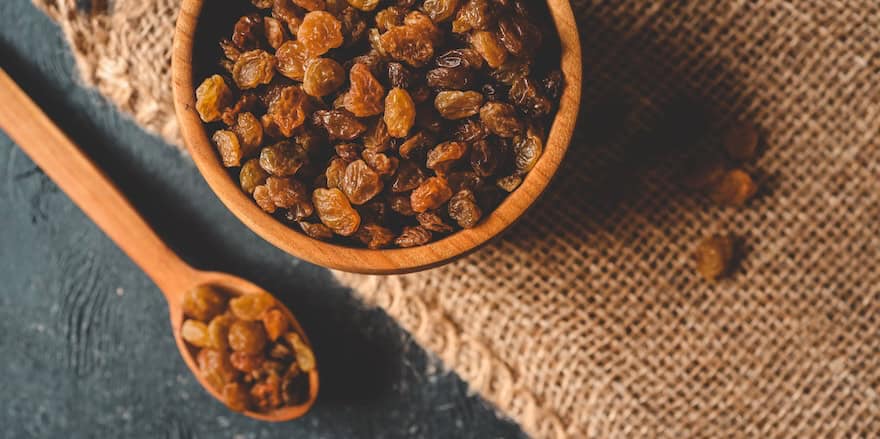
Raisins are an excellent source of iron, ideal for snacks or to add to your dishes. On average, count 3.25 mg of iron per 100 g of raisins.
They help prevent anemia while providing a good dose of energy thanks to their high carbohydrate content.
Just 30 g of raisins per day is enough to benefit from their iron and fiber content. Incorporate them into your homemade mueslis or, for a savory version, into traditional couscous.
3. Coconut, an unexpected source of iron

Coconut, particularly its flour, whether powdered or dried, provides nearly 3.6 mg of iron per 100 g.
In addition to its delicate flavor, it is rich in fiber, selenium, and vitamins B, C, and E. It also contains medium-chain fatty acids (MCTs), an ideal source of energy for the body.
In the kitchen, you can use it for savory sauces, such as curries. And why not add some crunch when serving, with a few cashews and thus enrich a vegan recipe with iron, for example.
For sweet recipes, coconut is also a delight. I invite you to try it in your recipes for homemade smoothies, cookies, cakes, and banana bread.
4. Prune, a digestive ally
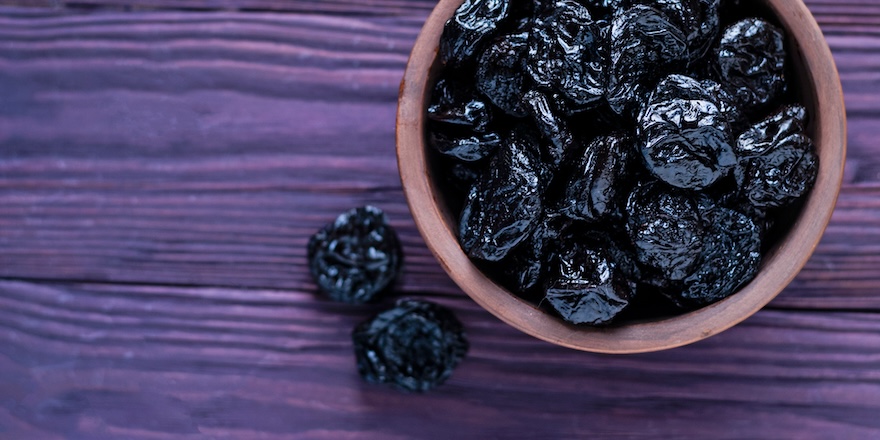
Prunes contain 3.5 mg of iron per 100 g. Add them to compotes or indulgent desserts.
Because of its prebiotic fiber and high sorbitol content, it is known for its natural laxative properties.
If iron supplementation sometimes causes constipation, I recommend consuming it: 1 to 3 per day, for a 5-day course.
Several studies show that daily consumption of prunes (50 to 100 g/day) helps preserve bone mineral density, especially in postmenopausal women.
On this subject, see the study conducted by Dr. Shirin Hooshmand and her team at San Diego State University.
5. Dried apricot, a concentrated source of vitamins and minerals
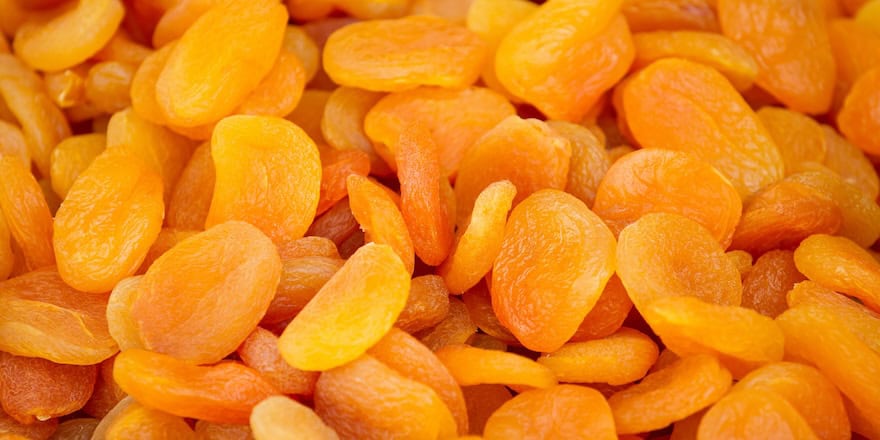
L’abricot dans sa forme séchée concentre en moyenne 2,7 mg de fer pour 100 g. Riche en potassium, en vitamine A,C et E, il fait partie des fruits secs les plus antioxydants.
Again, very rich in carbohydrates and energy, I recommend 1 to 3 dried apricots per day. As a snack, for dessert, or in your tagines, it’s a treat!
6. Dried figs, essential nutrients and sweetness
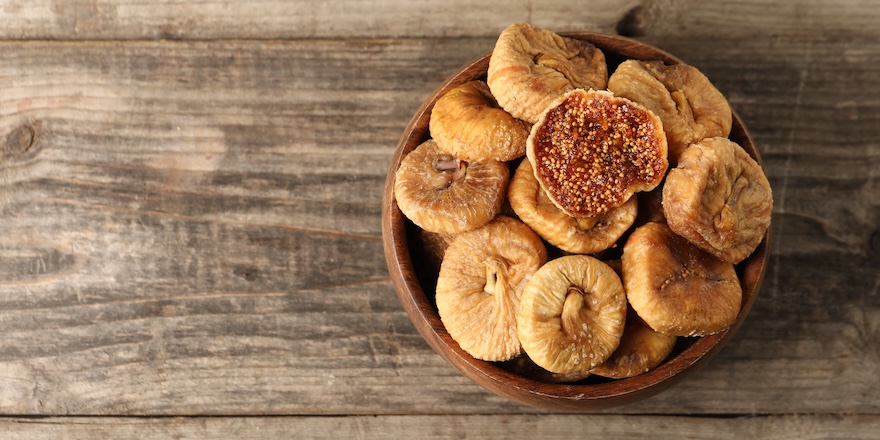
Another dried fruit high in iron: the dried fig. It contains about 2 mg per 100 g. Calcium, copper, potassium — figs also provide B-group vitamins and vitamin K, essential for good bone health and blood clotting.
Leur douceur naturelle est un délice pour mêler saveur sucrée-salée. Ma recette fétiche : déposez les figues séchées finement coupées sur une tartine de chèvre. Sinon utilisez-les pour composer le pain du sportif ou en confit, avec une tarte aux oignons.
7. Date, the ideal fruit to replace sugar

Highly appreciated for its natural sugars and exceptional flavors, the date provides 1 mg of iron per 100 g on average.
Its fiber and potassium help maintain optimal intestinal transit and protect cardiovascular health.
I notice a real trend for this ingredient in creating healthy and creative recipes: cake, smoothie, energy ball, stuffed with a strawberry, in bites with peanut butter…
8. Blackberry, the small fruit with big benefits
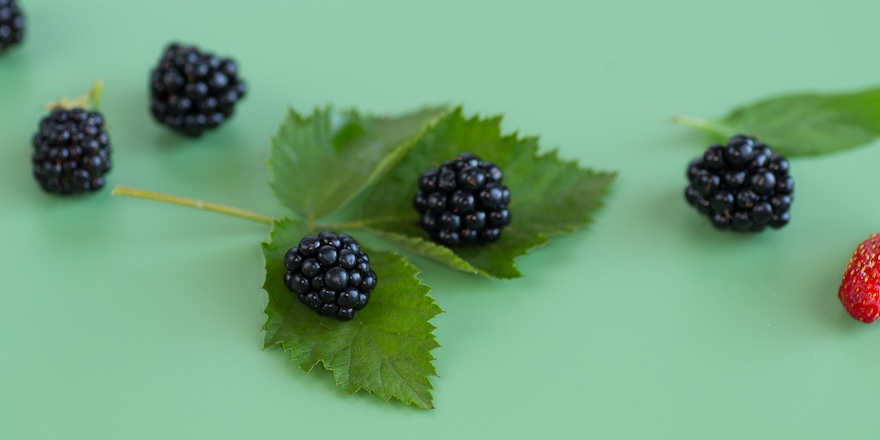
Blackberries are not only a good source of iron, but they also contain powerful antioxidants like vitamin C and anthocyanins, which are beneficial for the immune system.
With 0.6 mg of iron per 100 g, I suggest adding 5-6 blackberries to a smoothie bowl made with almond milk yogurt, chia seeds, cashews and shredded coconut.
9. Avocado, the superfood
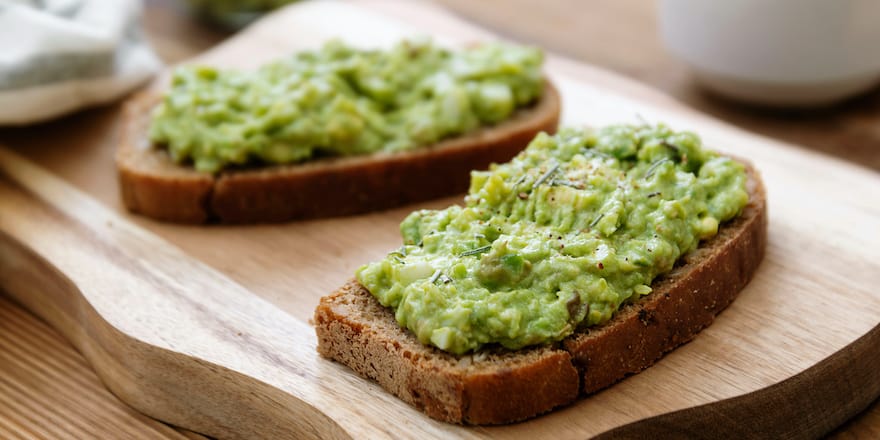
Known for its richness in omega-9 fats, the avocado is a fatty fruit that is also rich in iron: 0.6 mg per 100 g.
Admittedly less rich than other fruits, it still remains an interesting source of plant-based iron. It’s also so easy to enjoy.
À l’apéritif réduit en guacamole, en entrée avec quelques crevettes, en toast ou encore pour colorer vos smoothies. Je vous rappelle la bonne portion : ½ avocat par jour soit environ 3 avocats par semaine.
10. Strawberry, freshness and vitality

With 0.4 mg per 100 g, it is still considered a fruit containing non-heme iron.
Low in sugar, the strawberry is rich in vitamin C, which helps improve iron absorption. It is a true source of vitality and culinary pleasure.
I recommend waiting for strawberry season; they’re much better. Fresh, in smoothies or in a tart, choose how you prefer them.
To finish on a sweet note, I share another plant source of iron: dark chocolate, which contains 17 mg per 100 g. It’s not a fruit, but I really wanted to mention it!
Sources and scientific studies
REDDY M., HURRELL R., COOK J., Estimation of non-heme iron absorption from meal composition. Am. J. Clin. Nutr., 2000
Marta R., Nuria A., Montserrat G., Blanca R., Maria Rosa Nogues, Victoria A., Effect of a diet rich in fruits and vegetables on plasmatic antioxidant levels and markers of oxidative damage, Nutr. J., 2013
S Hooshmand, M Kern, D Metti, P Shamloufard, S C Chai, S A Johnson, M E Payton, B H Arjmandi, The effect of two doses of dried plum on bone density and bone biomarkers in osteopenic postmenopausal women: a randomized, controlled trial, 2016



